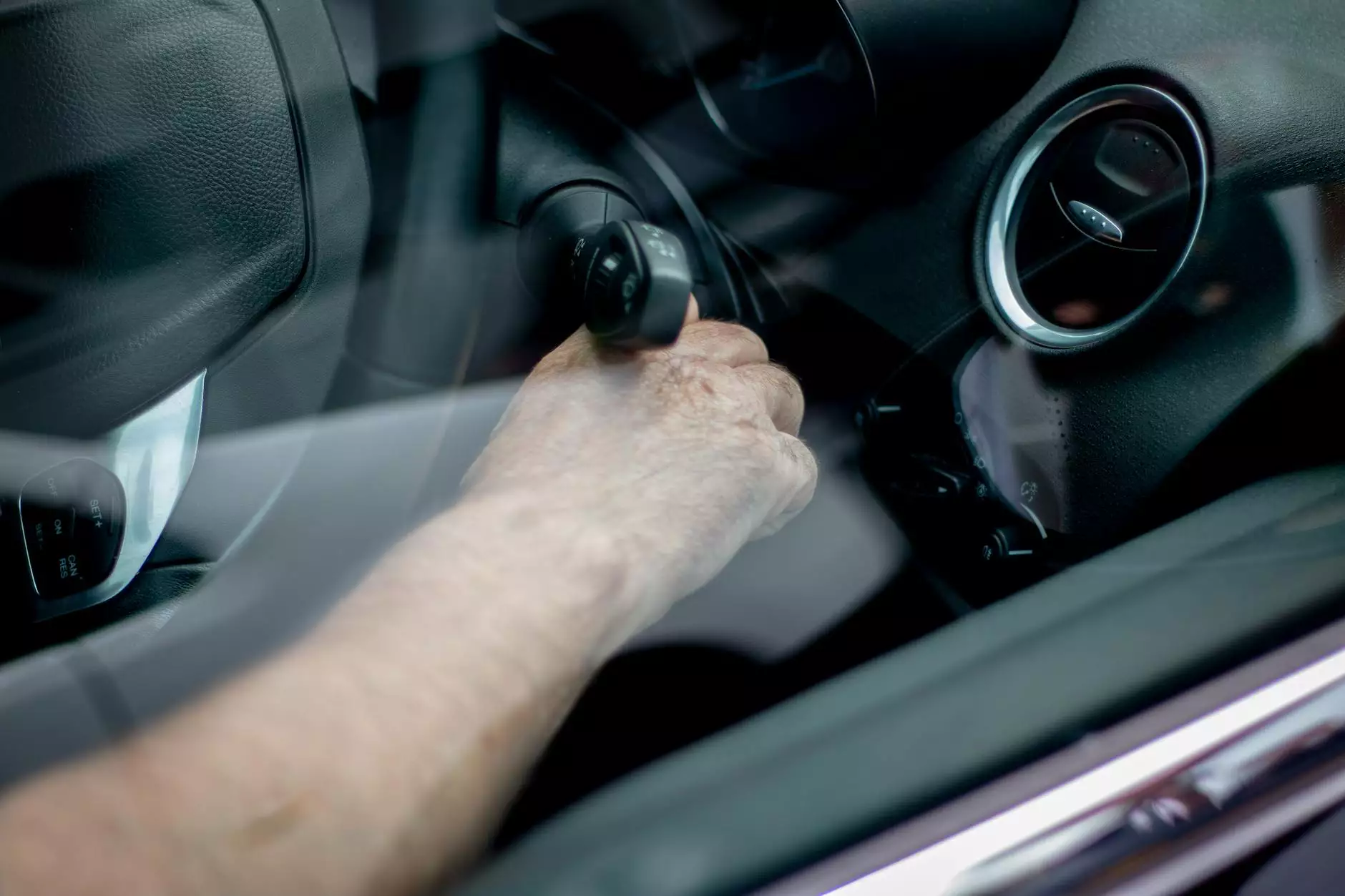Knee Pain and Blood Clots: Understanding the Connection and Seeking Treatment

Knee pain is a common complaint among individuals of all ages, but when combined with the potential risk of a blood clot, it becomes a serious health concern. This article explores the intricate relationship between knee pain and blood clots, emphasizing the importance of understanding symptoms, causes, and treatment options. By gaining insight into these topics, patients can make informed decisions about their health and well-being.
What Are Blood Clots?
Blood clots are gel-like masses that can form when blood changes from a liquid to a solid state. They play a crucial role in stopping bleeding when an injury occurs. However, if they form without a specific trigger, they can create significant health issues. Blood clots can occur in veins or arteries and may lead to severe conditions such as deep vein thrombosis (DVT) or pulmonary embolism.
Recognizing the Symptoms of Blood Clots
Understanding the symptoms of blood clots is essential for timely intervention. Common signs to look for include:
- Swelling in the leg, particularly in the knee and calf area
- Pain or tenderness that may feel like cramping
- Red or discolored skin over the affected area
- Warmth in the skin around the clot
The Connection Between Knee Pain and Blood Clots
Exploring the link between knee pain and blood clots is vital for patients who experience these symptoms concurrently. Knee pain can arise from various causes, such as arthritis, injury, or overuse. However, when there is swelling and pain in the knee along with accompanying symptoms of a blood clot, it could indicate the presence of DVT.
How Blood Clots Can Cause Knee Pain
Blood clots can restrict blood flow in the veins, leading to inflammation and swelling. This can result in symptoms that mimic knee pain, making it difficult for patients to discern the cause of their discomfort. Moreover, if a clot becomes large enough, it can exert pressure on nearby structures, intensifying pain in the knee area.
Risk Factors for Blood Clots
Several factors may increase the likelihood of developing a blood clot, including:
- Prolonged inactivity, such as long flights or bed rest
- Surgery, particularly orthopedic procedures affecting the legs
- Obesity, which can exert additional pressure on the veins
- Hormone therapy or birth control pills that can affect blood clotting
- Smoking, which can damage blood vessels
Diagnosis of Blood Clots
If you suspect that your knee pain may be related to a blood clot, it is critical to seek medical attention promptly. Healthcare providers utilize several methods to diagnose blood clots, including:
- Ultrasound: A non-invasive imaging technique used to visualize blood flow
- D-dimer test: A blood test that measures clot degradation markers
- CT or MRI scans: Used in specific cases to locate clots
Treatment Options for Blood Clots and Knee Pain
Effective treatment for knee pain stemming from a blood clot involves addressing both the clot and the pain associated with this condition. Treatment options may include:
Medications
Prescribing anticoagulants, or blood thinners, is common for managing clotting issues. These medications can help dissolve existing clots and prevent new ones from forming. In instances of severe clots, a healthcare provider may recommend other drugs or procedures, such as:
- Thrombolytics: Drugs that help dissolve clots more quickly
- Mechanical thrombectomy: A procedure to physically remove the clot
Physical Therapy
After addressing the clot, physical therapy may help restore mobility to the knee. Therapists often develop a tailored program that includes:
- Stretching exercises to improve flexibility
- Strengthening exercises to support the knee joint
- Low-impact activities, such as swimming or cycling
Prevention Strategies for Blood Clots
Preventing blood clots is crucial, particularly for individuals with risk factors. Here are some effective strategies to consider:
- Stay active: Regular physical activity promotes healthy blood flow.
- Stay hydrated: Drink plenty of fluids, especially during long travels.
- Wear compression stockings: These can help improve circulation in the legs.
- Avoid lengthy periods of immobility: Alter positions regularly during long flights or car rides.
When to Seek Medical Help
If you experience sudden knee pain accompanied by swelling, warmth, or redness, seek medical help immediately. These symptoms could indicate a blood clot, which requires urgent treatment to prevent complications. Time is of the essence when it comes to diagnosing and treating potential clotting issues.
Conclusion
The relationship between knee pain and blood clots underscores the importance of recognizing symptoms and understanding their potential implications. Early diagnosis and treatment are essential to managing these conditions effectively. If you suspect that you may have a blood clot, do not hesitate to consult with a healthcare provider. Remember, your health is paramount, and addressing issues early can lead to better outcomes.
At Truffles Vascular Specialists, our team of experienced professionals is dedicated to providing comprehensive care for vascular health issues, including the management of blood clots and related symptoms. For more information about our services or to schedule a consultation, please visit our website at trufflesveinspecialists.com.
knee pain blood clot








